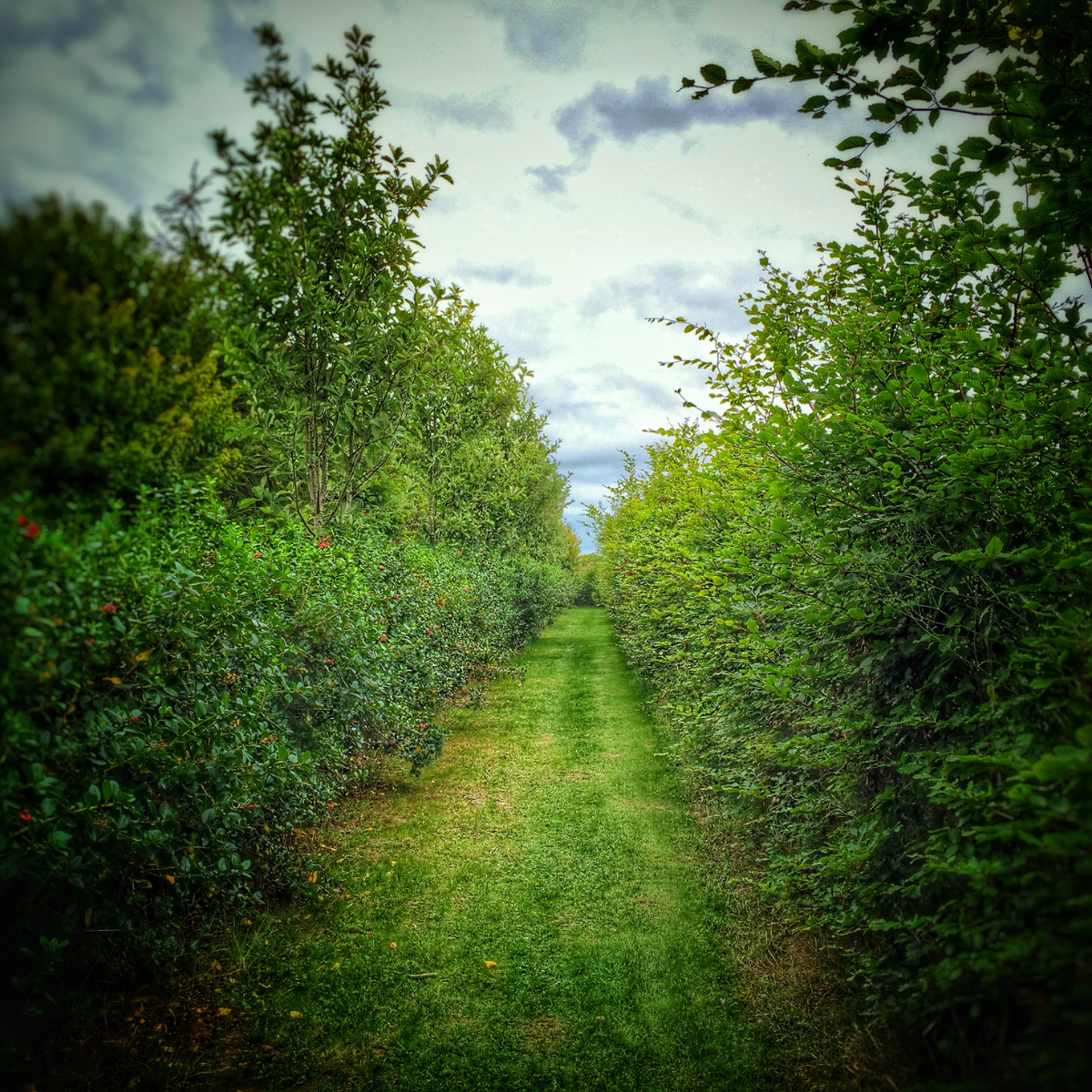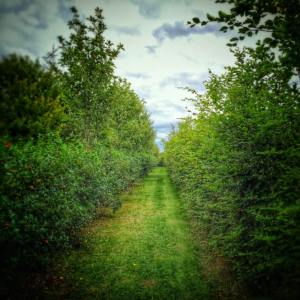
06 Dec My Path to OVID

As our first OVID intern, and now permanent member of the OVID team, Junior Account Executive Maddy tells us what drew her to working in healthcare communications.
I’m no psychologist but I imagine most would concur that impressions left on you during childhood in some way, shape or form influence your choice of profession. I was therefore fortunate to have grown up in a small village near the Wellcome Genome Campus, a hidden hub of the world’s foremost organisations in genomics and computational biology nestled in the Cambridgeshire countryside. When I was little, the flashes of futuristic buildings I could glimpse behind the estate’s fenced leafy perimeter gave me the impression of a Bond villain’s impenetrable lair. I later learned that the institute’s purpose, far from malign, was to sequence the human genome as part of a collaborative international project to revolutionise our understanding of human biology and pave the way for personalised medicine and targeted therapies.
There is perhaps some metaphor to be gleaned from the mystery of this covert campus for what drew me to career in health and life science communications: the mission of enabling life science organisations to extend their reach from “behind the fence”, by engaging with patients and policymakers and telling their stories in accessible, creative and inspiring ways. Reflecting on my first two months at OVID, it has been exciting to see the power of integrated campaigns for achieving change, and the meaningful collaborations that position patients as coproducers of their health outcomes.
At university I studied ‘Arts and Sciences’, an interdisciplinary degree programme at UCL that allowed me to explore the questions that unravel when technology, history, culture and identity collide. Like all bushy-tailed biologists I began with the fundamentals of how traits are inherited and how species evolve, as illustrated through wrinkled pea pods, white-eyed fruit flies and foraging finches. Next, I forayed into population genetics, palaeoanthropology and bioarchaeology. Leveraged by these disciplines, genomic technologies are opening portals to the distant past, elucidating the paths that our early ancestors took as they migrated out of Africa, who they mingled and mated with along the way, and the genetic variation that arose from our changing diets and lifestyles. Lastly, I studied the present and future clinical applications of genomics and computational biology, also holding a lens to ethical, legal, and social implications.
The salience of some of these topics encouraged me to consider how I would go about communicating the often abstract, nuanced and technical concepts from the life sciences to a broader audience, especially as health technologies are becoming ever more enmeshed in people’s lives. I think this is a challenge that welcomes and often demands creativity, as well as a sensitivity to the impact of the language and imagery we choose. How do you balance optimism with scepticism? Not let sexiness veer into sensationalism? How do you stop people scrolling away given the attention economy of social media platforms? These questions and challenges on the horizon are also partly what attracted me to the field of healthcare comms, and, as I continue my career at OVID, are things I am sure to get to the bottom of!